HemoAction Card Game – Polish
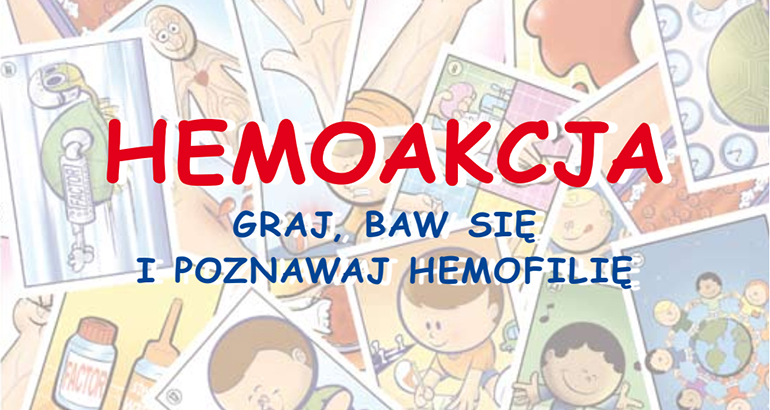
Also Available In: Arabic This is not an official WFH translation. This resource has been translated with permission by a WFH National Member Organization (NMO), and is shared here with their kind permission. Translating organizations are encouraged to have translations reviewed by local experts, the WFH is not responsible for the translation or for any […]
Abstracts of the XXVIII International Congress of the World Federation of Hemophilia
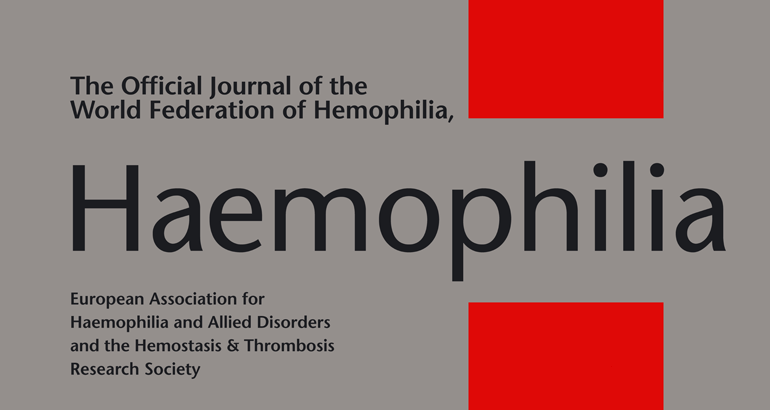
This special issue of Haemophilia contains abstracts presented at the XXVIII WFH Congress, Istanbul, Turkey, 1-5 June 2008.
State of the Art XXVIII International Congress of the World Federation of Hemophilia

This special issue of Haemophilia contains reviews and original research reports from selected scientific sessions presented at the XXVIII WFH Congress, Istanbul, Turkey, 1-5 June 2008.
Manufactured Shoes and Orthopedic Shoes
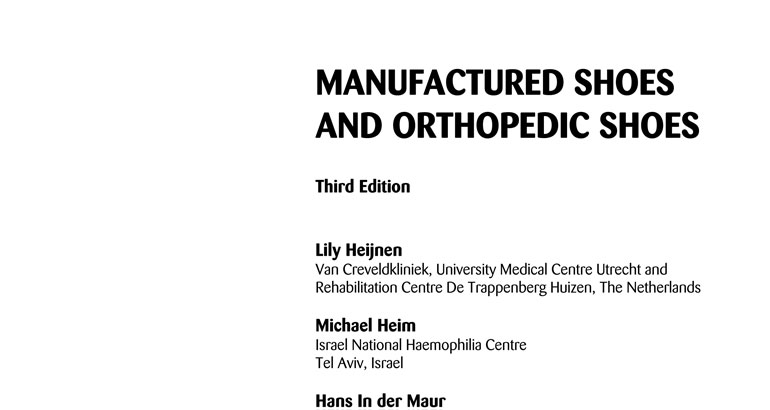
This resource has also been translated into the following languages, with permission from the WFH, by NMOs: Japanese To fulfill its critical functions of protection and support, a shoe should fit properly. For people with musculoskeletal problems, certain adaptations such as heel pads, inlays, and rocker bottoms are possible and advisable.
Report on the Annual Global Survey 2007
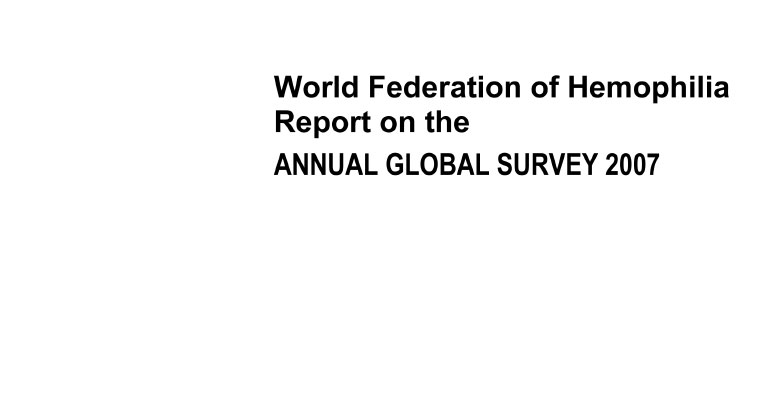
Compiled annually, the Annual Global Survey (AGS) provides demographic and other data on people with hemophilia, von Willebrand disease , other rare factor deficiencies, and inherited platelet disorders throughout the world.
Patient Outreach Guide for Hemophilia and Other Bleeding Disorders
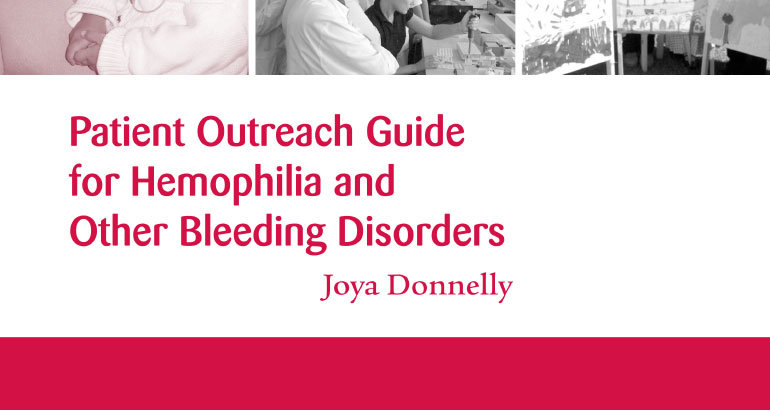
This guide helps national hemophilia organizations plan and carry out an outreach campaign to identify people with hemophilia or other bleeding disorders who have not been diagnosed or are underserved by healthcare services.
Hemophilia in Pictures Educator’s Guide
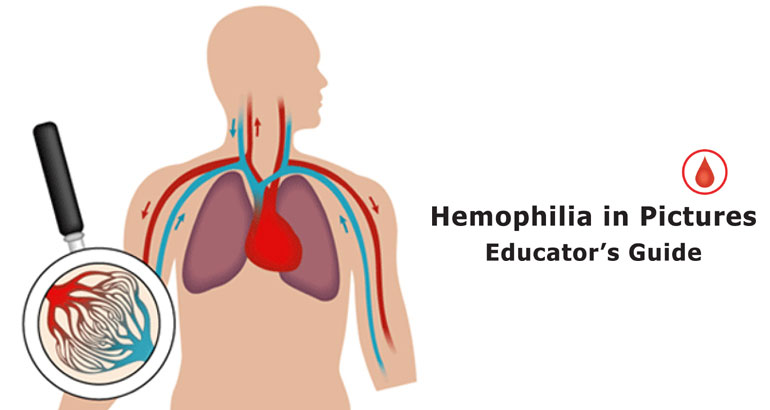
Also Available In: Japanese A companion to Hemophilia in Pictures, this Educator’s guide provides more detailed information for advanced learning. Also includes tips for effective patient education, key talking points, and review quizzes.
Symptomatic Carriers of Hemophilia
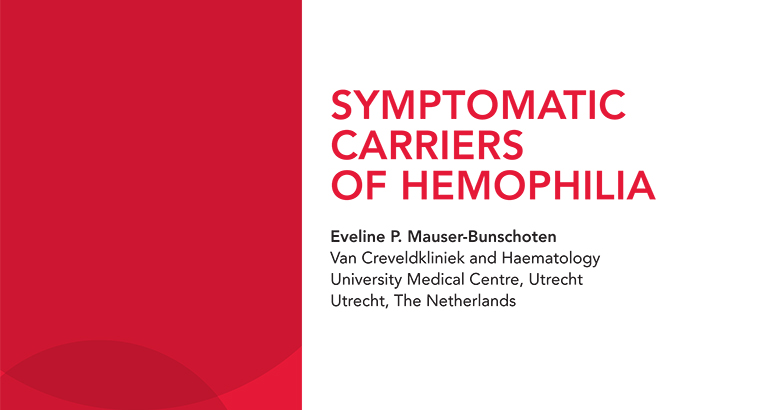
Some carriers of hemophilia experience symptoms comparable to those seen in men with mild hemophilia. This monograph describes common bleeding problems in symptomatic carriers and strategies to prevent and treat them.
Local Hemostatic Blood Products in Hemophilia Care: Fibrin Sealant and Platelet Gel
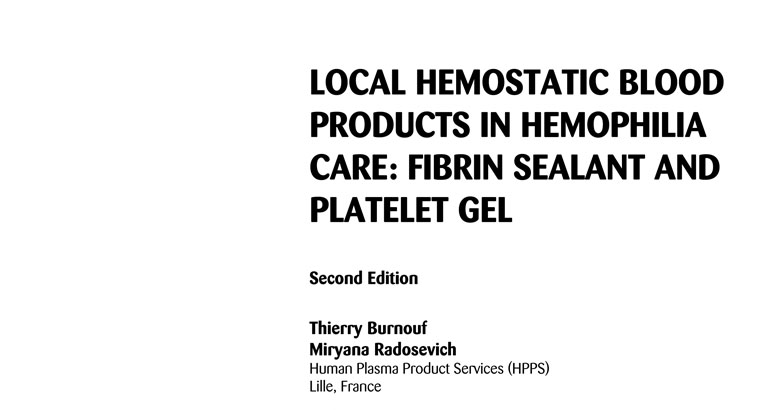
Describes the manufacturing methods and characteristics of hemostatic products and their clinical indications for patients suffering with disorders.
Oral Care for People with Hemophilia or a Hereditary Bleeding Tendency
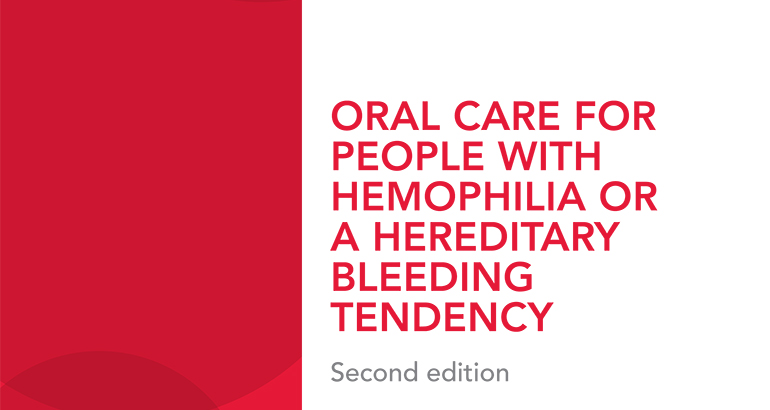
Oral disease may affect general health and may, in people with a bleeding tendency, cause serious bleeding. This paper offers valuable information on preventative tooth and gum care for people with hemophilia and other bleeding disorders.
Protocols for the Treatment of Hemophilia and von Willebrand Disease
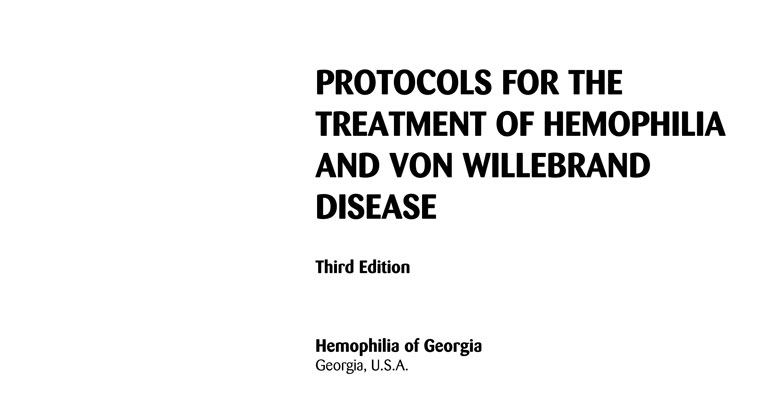
This monograph outlines the treatment protocol used by healthcare providers in Georgia, U.S.A., as an example of a strategy to provide quality standards of care for the management of hemophilia.
Advantages of a National Tender System for Clotting Factor Concentrates – Japanese
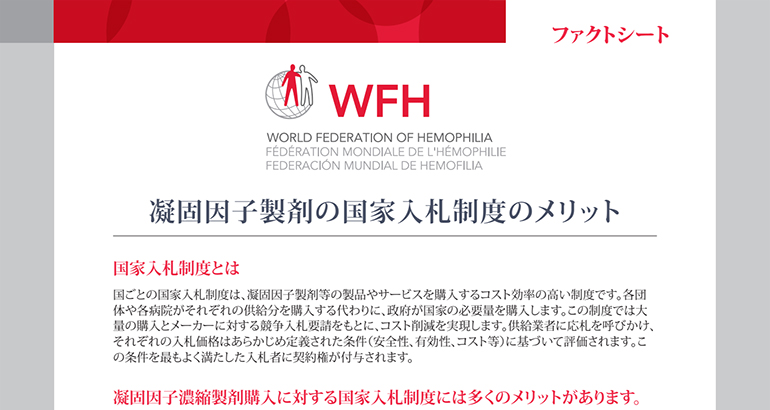
Also Available In: English, Spanish, French, Arabic, Russian, Simplified Chinese 国ごとの国家入札制度は、凝固因子製剤等の製品やサービスを購入するコスト効率の高い制度で、治療用製剤の需要や使用量の予測を促進し、より高水準な治療を可能にします。
